Trade between Iran and the Gulf Cooperation Council (GCC) countries has been one of the most active routes in the Middle East. Due to their geographical proximity, shared maritime borders, and long-standing commercial relationships, Iran regularly exports goods such as petrochemicals, building materials, food products, and machinery to the UAE, Qatar, and Oman. However, to ensure a smooth and cost-effective shipping process, businesses must understand the logistics, documentation, and regulations involved. In this article, we’ll guide you step by step through how to ship goods from Iran to the UAE, Qatar, and Oman, highlighting the best transport modes, costs, and customs procedures.
In today’s highly competitive global market, businesses must strike a balance between keeping shipping costs under control and maintaining service quality. International shipping is a vital part of supply chain management, but if not optimized, it can consume a large portion of a company’s budget. The good news is that with the right strategies, businesses can reduce international shipping costs without compromising quality. This guide will walk you through the most effective methods to achieve cost efficiency while ensuring timely and reliable deliveries.
1. Understanding the Trade Routes between Iran and GCC Countries
Iran’s strategic position in the Persian Gulf gives it access to several key maritime routes connecting to GCC ports.
- To the UAE: The main shipping routes connect Iranian ports like Bandar Abbas, Bushehr, and Lengeh to Dubai, Sharjah, and Abu Dhabi. Transit times are typically short—between 1 to 3 days by sea.
- To Qatar: Regular sea freight routes operate from Bushehr and Bandar Abbas to Doha and Hamad Port, taking around 3–5 days depending on the service type.
- To Oman: Cargo shipments depart from Bandar Abbas and Jask to Sohar, Muscat, and Salalah, with average transit times of 4–7 days.
Read more: Shipping Container to Iran
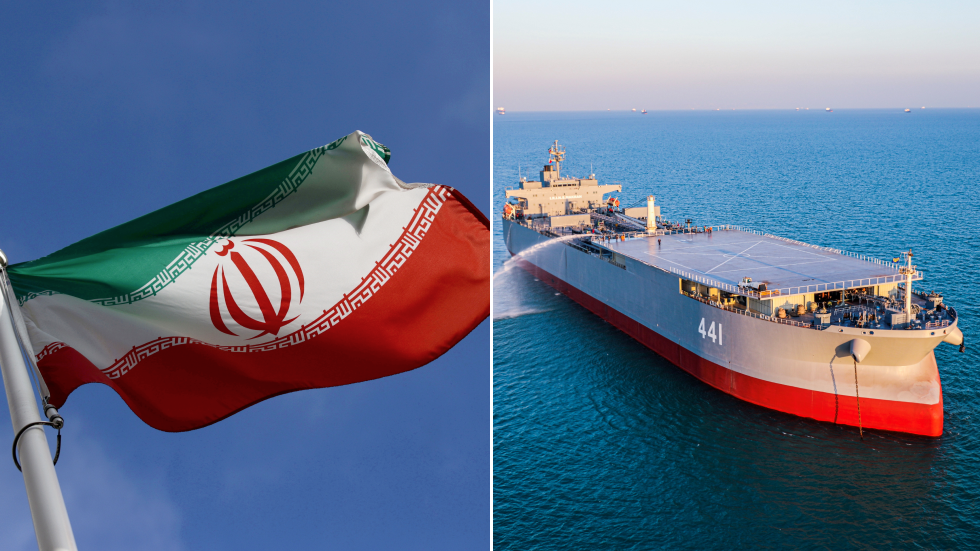
2. Choosing the Right Shipping Method
The best shipping method depends on the type of goods, delivery time, and budget. There are three main options for shipping from Iran to the GCC region:
- Sea Freight (Most Common & Cost-Effective)
Sea freight is ideal for bulk cargo, containers, and heavy goods. Many exporters prefer LCL (Less than Container Load) or FCL (Full Container Load) options, depending on cargo volume. Sea freight offers lower costs and reliable schedules, especially for non-perishable goods.
- Air Freight (Fast but Expensive)
Air freight is suitable for urgent or high-value shipments. Major airports like Tehran Imam Khomeini International Airport and Bandar Abbas Airport connect to Dubai, Doha, and Muscat, with transit times under 24 hours. Though more expensive, it ensures fast customs clearance and delivery.
- Road Freight (Efficient for Certain Cargoes)
Some goods, especially machinery or dry goods, can be shipped overland via Bandar Lengeh to Oman or through UAE border routes. Road freight is flexible for partial or mixed loads and ideal when ports are congested.
3. Key Documents Required for Shipping
Proper documentation ensures smooth customs clearance at both ends. Here are the essential documents you’ll need when exporting goods from Iran to the UAE, Qatar, or Oman:
- Commercial Invoice: Lists the product details, price, and seller/buyer information.
- Packing List: Specifies the number of items, dimensions, and packaging type.
- Bill of Lading or Airway Bill: Provided by the carrier to confirm cargo receipt.
- Certificate of Origin: Issued by Iranian authorities verifying that goods originate from Iran.
- Export License (if applicable): Required for restricted or sensitive products.
- Insurance Certificate: Protects your cargo against potential loss or damage in transit.
Having an experienced freight forwarder in Iran can simplify the process by managing all documentation and ensuring compliance with GCC import regulations.
Read more: Challenges and Solutions in Middle East Cross-Border Shipping
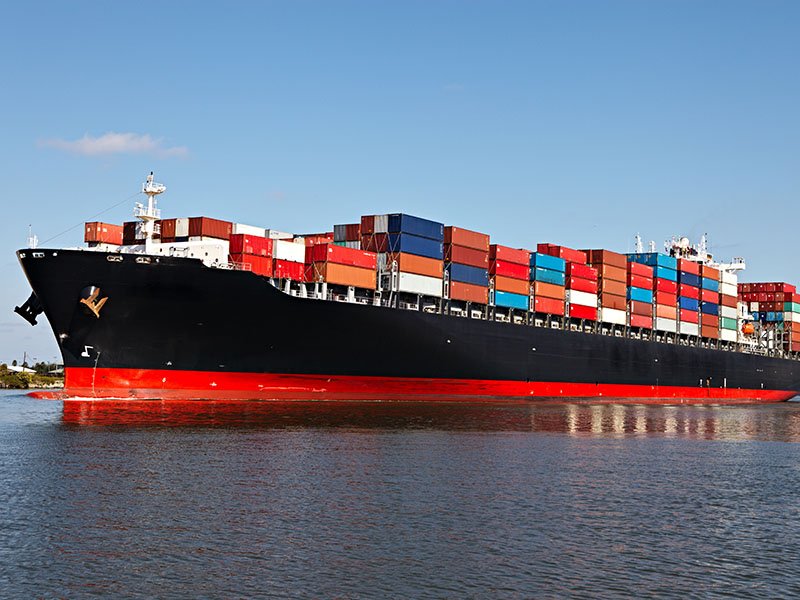
4. Customs Clearance in the UAE, Qatar, and Oman
Each GCC country has its own customs procedures, but most follow a similar process:
- UAE Customs: Goods imported to Dubai or Abu Dhabi must comply with Emirates Customs Code and may require HS code verification. The UAE offers efficient e-clearance systems for registered traders.
- Qatar Customs: Imports must be accompanied by an electronic customs declaration and valid certificates of origin. Duties range from 0%–5% for most products.
- Oman Customs: Oman uses the Bayan system for electronic customs processing. Importers must hold a valid importer code from the Omani Ministry of Commerce.
To avoid clearance delays, all documents must match perfectly, and goods should comply with the destination country’s standards and labeling requirements.
5. Estimating Shipping Costs
Shipping costs depend on several factors, including:
- Cargo weight and volume
- Transport mode (air, sea, or road)
- Type of container (LCL/FCL)
- Port handling and customs fees
- Insurance and value of goods
Generally, sea freight from Iran to the UAE is the most economical, while air freight to Qatar and Oman is faster but more expensive. Partnering with a reliable Iranian freight forwarder ensures you receive transparent cost estimates and efficient logistics planning.
Read more: Freight Forwarder for Shipping from Iran to UAE (Dubai)
6. Why Choose a Professional Freight Forwarder in Iran
Working with a trusted freight forwarding company helps you navigate complex logistics requirements. A professional forwarder:
- Coordinates all stages from pickup to final delivery.
- Prepares and verifies documentation.
- Handles customs clearance efficiently.
- Offers competitive freight rates and insurance options.
- Tracks your shipment in real time.
If your business frequently exports to GCC countries, building a long-term partnership with a licensed Iranian logistics provider can significantly optimize your supply chain.
FAQs
Sea freight typically takes 2–5 days, while air freight can deliver within 24–48 hours. Transit time depends on the route, port schedules, and customs procedures.
Key ports include Bandar Abbas, Bushehr, Khorramshahr, and Bandar Lengeh, which have frequent departures to UAE, Qatar, and Oman.
Yes. Certain items like petrochemicals, industrial machinery, or medical goods may require special export permits or comply with destination country regulations.
Absolutely. Many freight forwarders offer LCL (shared container) or groupage services, allowing small and medium exporters to ship cost-effectively.

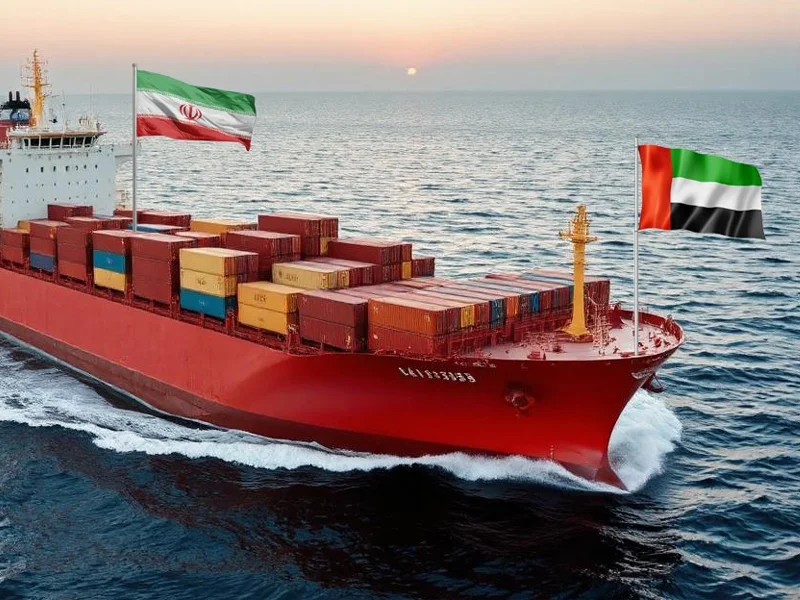

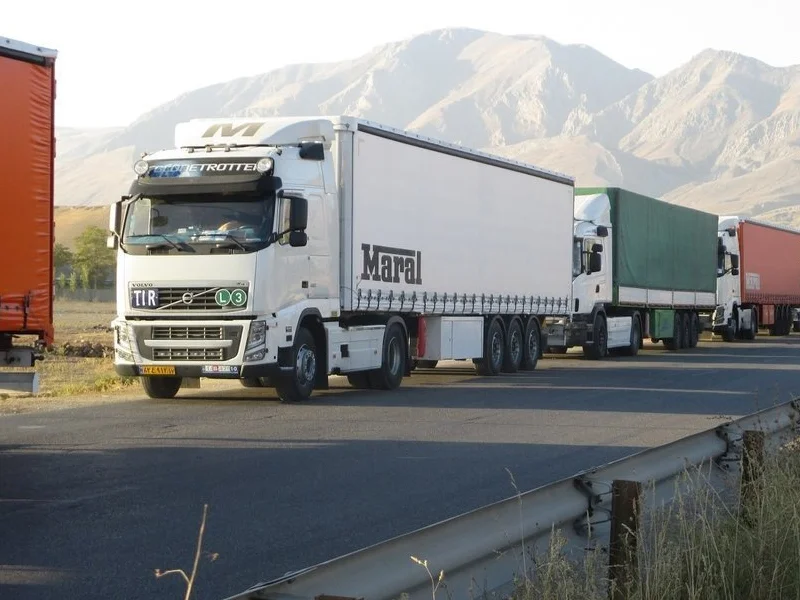
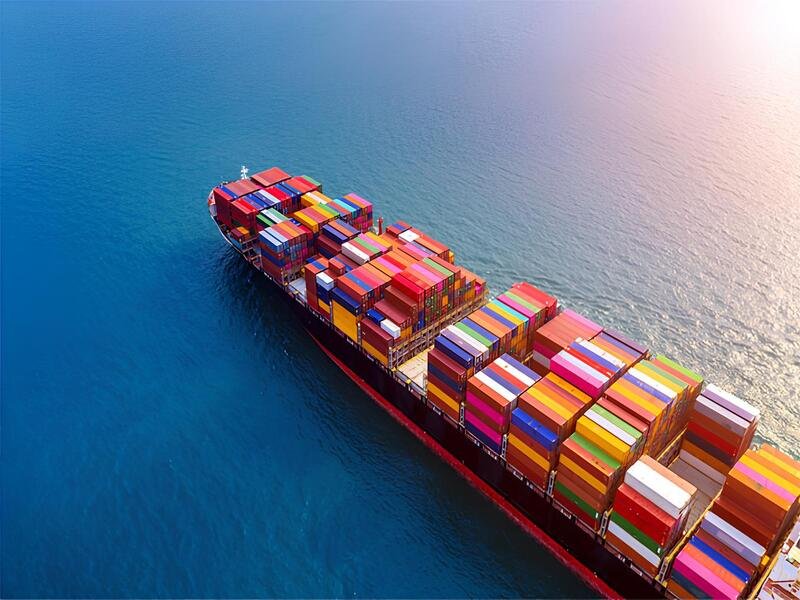
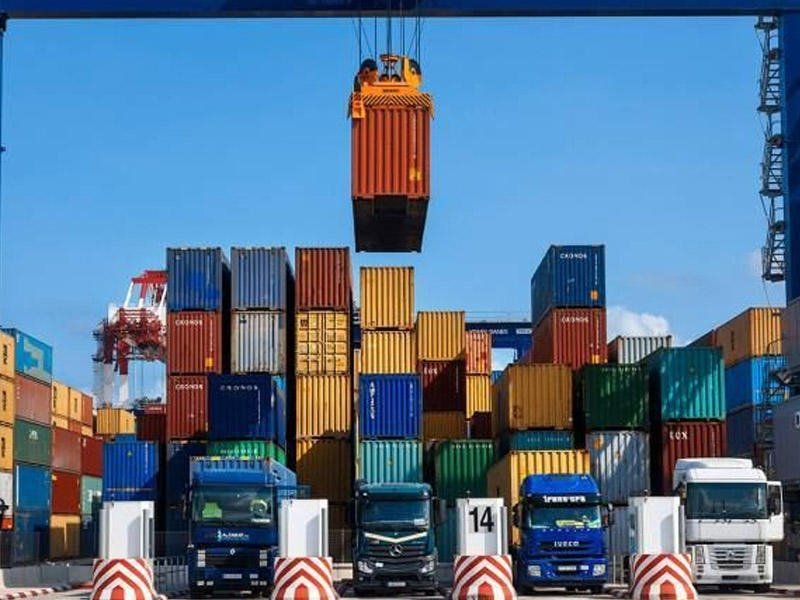
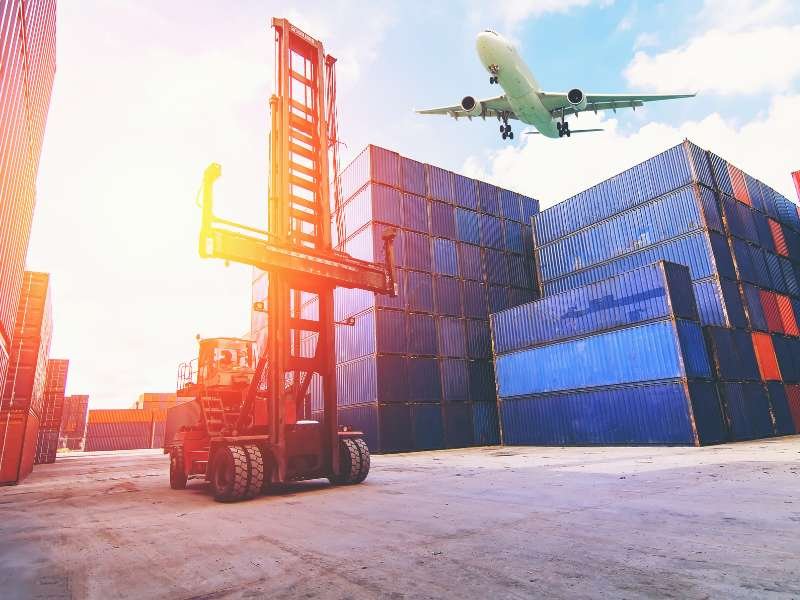


Recent Comments